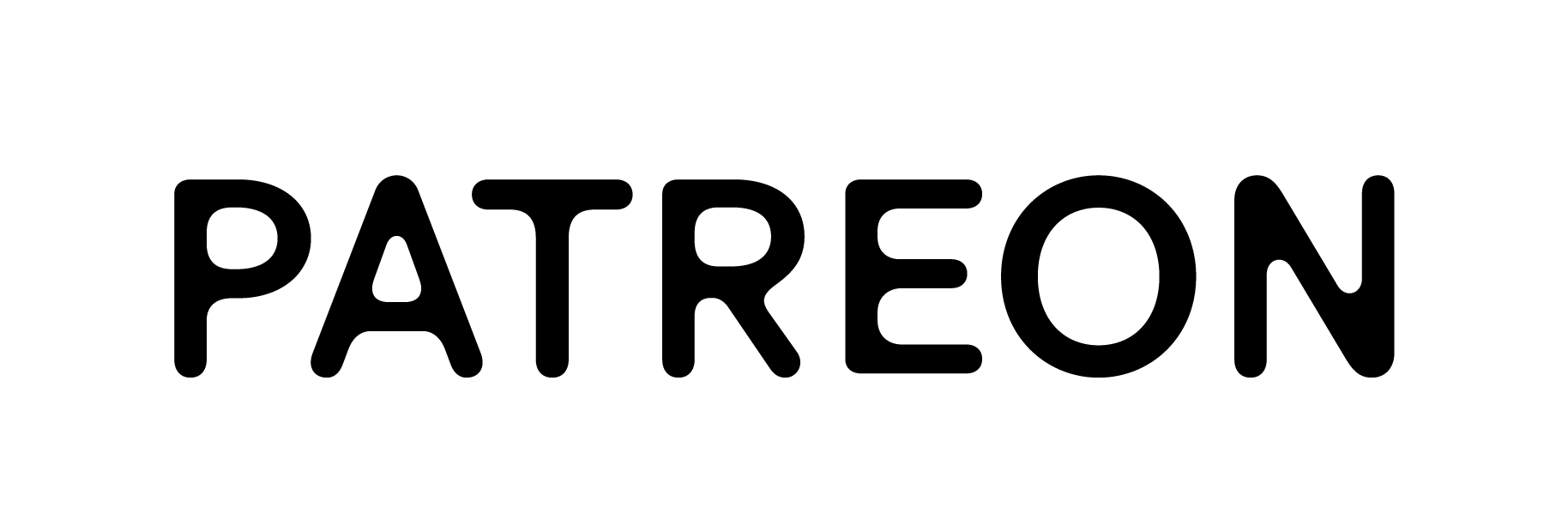Summary
Keep your eyes on the obstacle the whole time.
Look at a spot you want to lock in as you approach. Don't just look away after popping and keep your eyes on the same spot even after getting on the ledge.
The line of sight helps you rotate your shoulders.
If you keep on looking at the same spot after getting on the ledge, your face and shoulders spontaneously turn without even thinking about it according to the ergonomics.
The line of sight also helps you keep your board under you.
Keep on looking at the same spot and you can tell where to bring your board. If you look away, that's the time you send your board too far away from you and miss the ledge.
Simulation
Question and Premises
Why can't you lock in?
Have ever had this experience: you don't have any problem locking in your backside 50-50 when you approach an obstacle at an angle, but as soon as you try it at a smaller angle, all the sudden something snaps and you can’t lock in anymore.
But why? I mean think about it: Isn't that a little odd according to the physics that the bigger the approach angle is, which requires more work, the easier it becomes to lock in?
When something seems going against the nature of the physics, that would probably mean that we are missing something. And that could be the line of sight. In this episode, we will try to understand the impact of the line of sight on backside 50-50s.
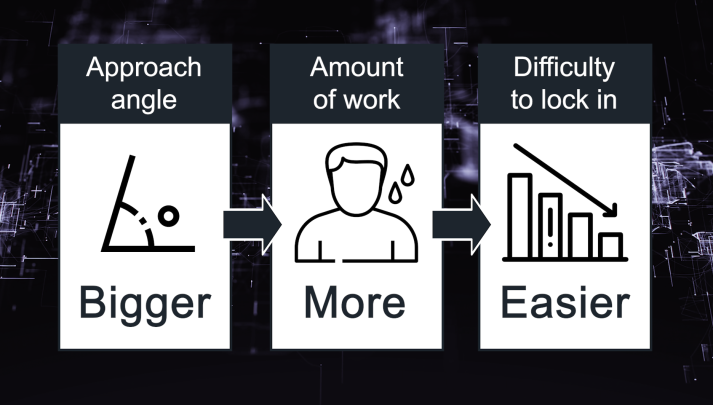
What does it take to do this grind?
Next, let's just clarify what it takes to do this grind as a premises.
- Your shoulders and your boards should be parallel to the obstacle by the time you grind.
- Your board should be directly under your feet.
In fact, the line of sight has a lot of impact on these factors.
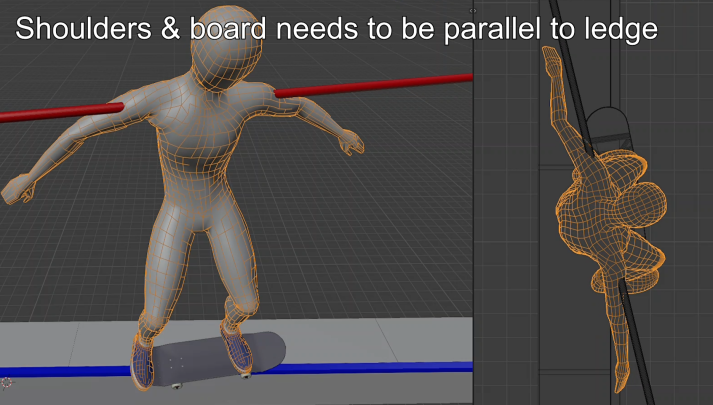
Common mistakes
Where do you tend to look at?
Before talking about where you should look at, let 's imagine where you tend to look at in this trick. Unlike frontside 50-50s, where it's easier to keep your eyes on the obstacle the whole time, it's not exactly easy to keep on looking at the same spot in backside 50-50s.
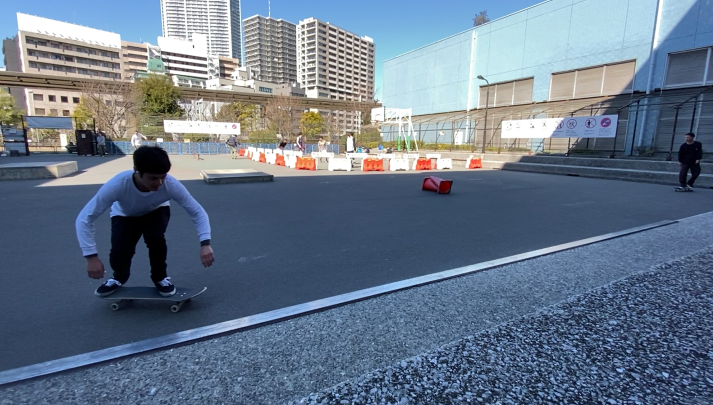
You tend to look too far forward
With your shoulders blocking your view, your line of sight tends to move too far forward. Now, you may think it's just a trivial thing and the line of sight has nothing to do with the trick itself. But in fact, according to the ergonomics and physics, the line of sight can be a major cause of common mistakes.
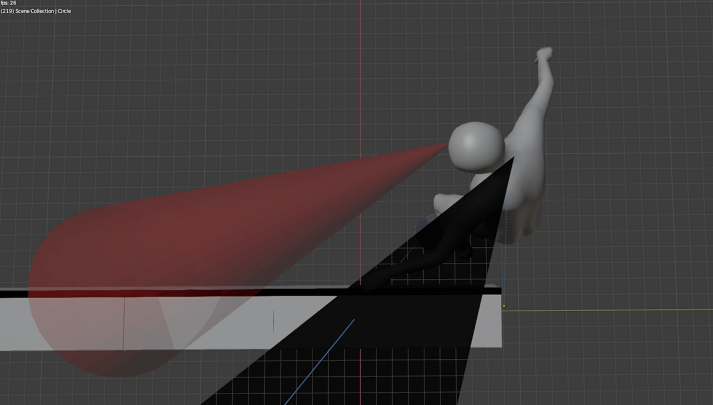
What happens when your line of sight is wrong
1. The line of sight affects the angle of shoulders
A human body tries to face the same direction as its face is. In other words, if your face is looking at a certain direction, your body opens up to the same direction, too.
For example, if your face is looking forward when you get on a ledge, your body follows the line of sight and tries to face forward, too. And this eventually rotates your board. I believe this is one of major reasons why you end up locking in on the belly of your board.
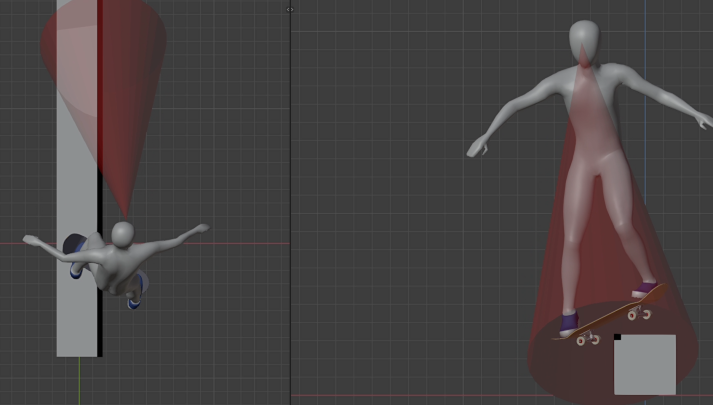
2. The line of sight affects the location of the board
Where you look at is generally where you try to lock in, which affects the location of your board.
Ideally, your board should stay under you as you get on the ledge. Whereas, if you are looking at somewhere further than you should, although your mind is already at the place that you are looking at, the center of mass of your body is far behind and you can't reach there.
And the only thing you can do to is to extend your front foot to try to reach that place. This may send your board too far forward while leaving your body behind. As a result, if you do this, you might either wind up locking in in the wheelie position or completely miss the ledge.
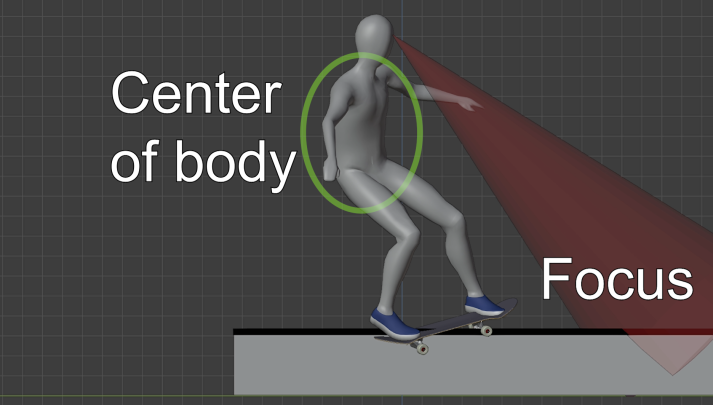
Approaching at bigger angle
So why?
With that said, why is it easier to lock in with a bigger angle? Now, it doesn't mean that you should approach obstacles at an angle if you already know the basics. But especially if you are having hard time locking in, analyzing its science might help you better understand the trick. Simply put, approaching at an angle helps you do two things:

1. It helps you keep your board under you.
- When you approach an obstacle at an angle, you can keep your eyes on it the whole time. It also gives you a better sense of distance between you and the obstacle, which makes it easier for you to WAIT until the obstacle gets close enough.
- And after popping, with line of sight is going directly going down, all you have to do is to bring your board under your feet.
- After having your board under your feet, you'd probably not be feeling any necessity to move your board any farther.
- And obviously, by being able to keep your board under your feet, you can avoid locking in in the wheelie position or missing the ledge.
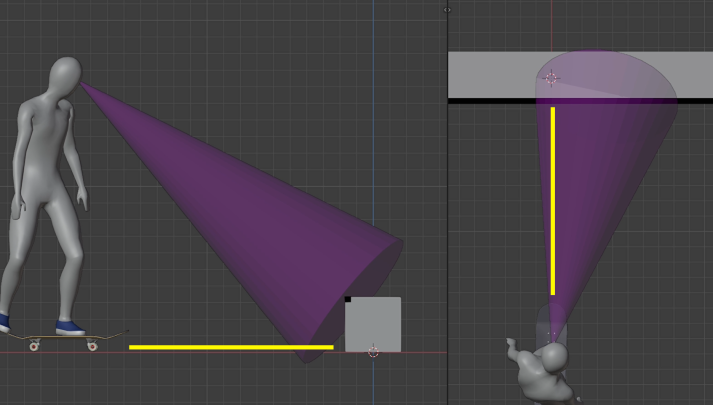
2. It helps you align your shoulders with the ledge
- Imagine you are looking at a certain part of a moving object like a train while standing still. Then, if you try to keep on looking at the same spot, it's not just your eyes that you move but it is your entire face, isn't it?
- A similar thing happens in backside 50-50s. With a big angle, it is easier to keep on looking at the same spot even when you get on the ledge. As start rotating your shoulders and get on the ledge, your line of sight, face and shoulders follow the rotation of what you are looking at. Let me put it this way: If it is the ledge that rotates, in order to keep on looking at the same place, you have to tilt your head and shoulders in the same direction. Just like this, looking at the same place turns your face and shoulders without even thinking about it. If you look away somewhere, that's the time the rotation of your body stops. So keep on looking at the same spot until your body goes parallel to the ledge.
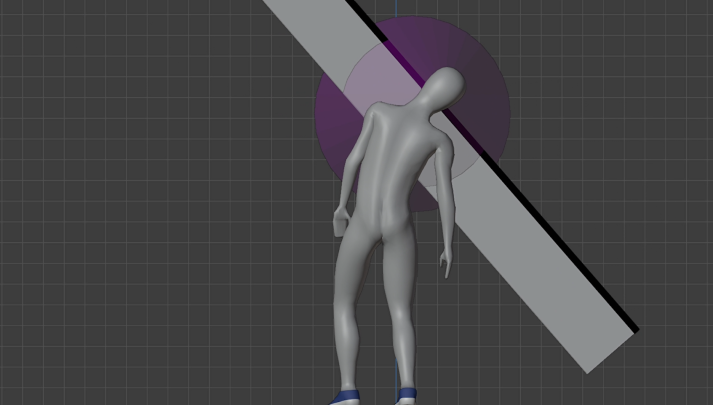

 Convert your video into 3D
Convert your video into 3D Facebook
Facebook Twitter
Twitter



